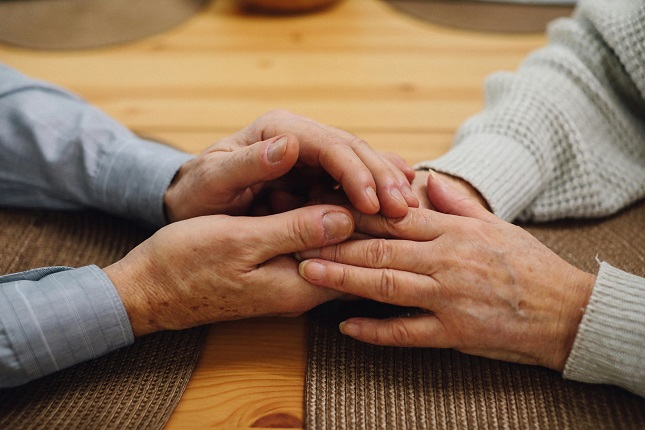Most people would never expect to become familiar with medical drains. That is until they suddenly are. Perhaps it came up during a doctor’s visit, or maybe you’ve recently returned home from a hospital stay and found yourself staring at a catheter wondering, “Okay, what now?”
The truth is, learning to manage a drain at home, or caring for someone who has one, doesn’t require intense medical training or a lack of fear. You just need to set a routine and then practice it enough times so it becomes second nature.
The best way to deal with it is to have the right supplies and be patient. Once you get the hang of it, handling a home drainage system is entirely doable and often much easier than people suspect.
Understanding Why You Have a Drain
A drain in simple terms is a safe escape route for fluid that shouldn’t build up in your body in the first place. For instance, people with chronic pleural effusions have fluid buildup around their lungs and they may rely on a home drainage system to relieve some of the pressure which makes breathing easier. Others may use a catheter to remove excess abdominal fluid.
It is important to understand why you have a drain. The goal is the same. The drain keeps you comfortable, reduces symptoms, and avoids excessive hospital trips. It essentially gives you back the control you’d lose out on if you were stuck in a hospital bed.
Setting Up the Space
You don’t need to transform your entire house into a clinical setting. Yet, a few small adjustments can make the drainage days much easier.
Start by choosing a drain spot. Most people rely on a clean, well-lit area such as a bathroom counter or a bedside table. Don’t forget to keep your supplies nearby so you aren’t hunting for things when it is time to drain.
That brings us to the supplies. Many people store gloves, alcohol pads, dressings, tape, and drainage bottles together in a small kit or basket. If you get a system like the PleurX drainage kit, the components are already organized for you (for a single use) which saves you the hassle.
Remember, good hygiene is the only way to prevent infections. Wash your hands before and after for a good 20 seconds, use warm water, and don’t forget to scrub between the fingers.
Taking it Step-by-Step
Every drainage system comes with its own set of instructions, but the general process is pretty straightforward. The routine usually involves;
- Setting out all the supplies you need before getting started.
- Checking the site for redness, swelling, tenderness, or anything unusual around the catheter site. Anything looking too inflamed or oozing deserves a trip to the doctor.
- Attaching the drainage line (this can be a bit tricky). We suggest you rely fully on the hospital nurse when you are first learning how to attach it and asking as many questions as you want to truly get the hang of it.
- Once the drainage bottle is connected the fluid will start to flow. You don’t need to do anything. If you want, you can use this time to chat or kick back and binge a show.
- After drainage is complete, clamp and disconnect the line, apply a clean dressing, and safely dispose of the used bottle.
It may feel a bit awkward the first time but you’re soon going to discover a routine that works for you and even feels quite normal!
How Often Are You Supposed to Drain?
Your healthcare provider will often educate you on the frequency of the drainage, but it usually depends on your symptoms as well as how quickly your body produces fluid. Some people drain daily while others only need to do it once a week.
You can also get smart with it and track how much fluid you’re getting each time. Notice patterns such as sudden increases or decreases and inform your medical team so that they can adjust the care if needed. If you find it hard to remember this, you can use your phone for reminders or to take notes!
Staying Comfortable and Asking for Help
Drainage shouldn’t feel uncomfortable and it definitely shouldn’t hurt. You might feel gentle tugging but if it becomes really painful try adjusting the bottle’s position to slow down the drainage or shift your posture slightly.
If you notice any of the following signs, don’t hesitate. Call your doctor immediately!
- Sharp or persistent pain
- Fever or chills
- Increasing redness or warmth around the catheter
- Cloudy or foul smelling discharge
- Sudden shortness of breath
Trust your instincts if something feels off. Your body is the best judge of how you feel and it is a good idea to reach out for guidance if you are unsure.
Final Thoughts
Quality supplies can make the experience a lot safer. Systems like the PleurX drainage kit are popular because they are actually designed for at-home use. Everything comes pre-sterilized and packaged so you don’t need to gather different components. You can access them all in one place.
Don’t forget to invest in extra dressings, gloves, and alcohol pads. That way, you won’t need to run out mid routine!











































